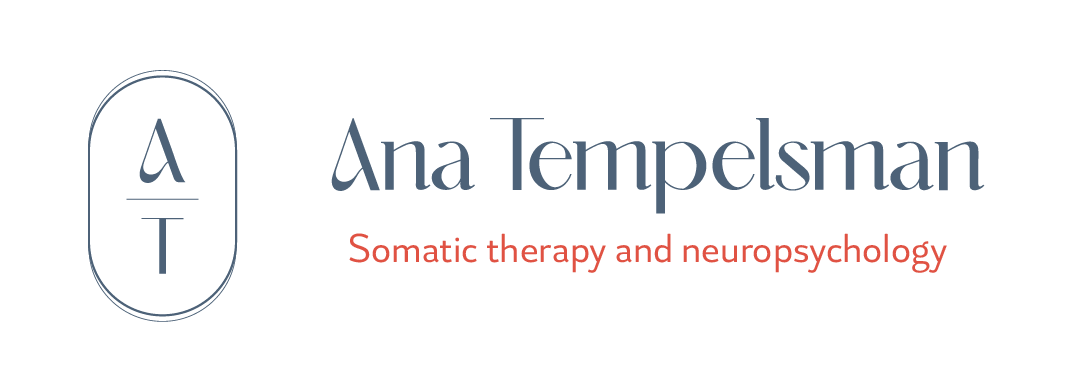NEUROSCIENCE
JAN, 2024
The Brain's Negative Bias: Understanding and Transforming Our Perspective
![]() ANA TEMPELSMAN
ANA TEMPELSMAN
In the field of psychology, and particularly within my personal and professional experience, the topic of intrinsic negativity in human beings emerges as an area of deep interest and relevance. This inclination towards pessimism, self-criticism, and anxiety not only shapes our perception of the world but also largely dictates our interactions with it and with ourselves. However, it is precisely in understanding this predisposition where we can find the keys to a fuller and happier life.

A Survival Mechanism
Neuroscience offers valuable insights into the workings of the human brain, revealing that our tendency towards pessimism is not a flaw but a survival mechanism. Our brain, shaped over millions of years of evolution, is designed to prioritize the detection of potential threats, which has allowed us to survive in hostile environments. However, in a modern world where physical threats are less imminent, this negative bias can result in elevated levels of stress and anxiety, affecting our ability to enjoy life.
Towards Neuroplasticity
Fortunately, brain plasticity offers us the hope and ability to re-educate our minds towards a more positive perspective. The theory of experience-dependent neuroplasticity, proposed by Rick Hanson, suggests that we can train our brains to learn from the positive experiences in our lives, thereby balancing out the negative bias. This can be achieved through conscious practices that help us absorb positive experiences, making them an integral part of our long-term memory.
Practices to Integrate Positive Experiences
To balance the brain’s negative tendency, it’s important to learn how to absorb the good in a similar way. Understanding how the brain learns, we can develop daily practices to attune ourselves to the experiences of safety, gratitude, satisfaction, and well-being that occur throughout the day, thereby maximizing their impact. One proposal for integrating these experiences is as follows:
- Hold the experience in awareness for 60 seconds: This strengthens the neural connection and increases the likelihood that the experience will be consolidated into our memory.
- Feel the experience in the body: Experiencing the event somatically helps to internalize it more deeply.
- Give it personal relevance: Reflecting on why the experience is important to us reinforces its value and meaning.
- Connect the experience with similar ones: This builds and strengthens a neural network of positive experiences, facilitating a gradual change in our perception.
Transforming our tendency toward negativity requires time, patience, and practice. By understanding the evolutionary roots of this bias and adopting conscious strategies to rebalance our perspective, we can begin to forge a path toward greater happiness and satisfaction in life. Ultimately, each small step we take is an act of self-love that brings us closer to a more harmonious and fulfilling existence.
